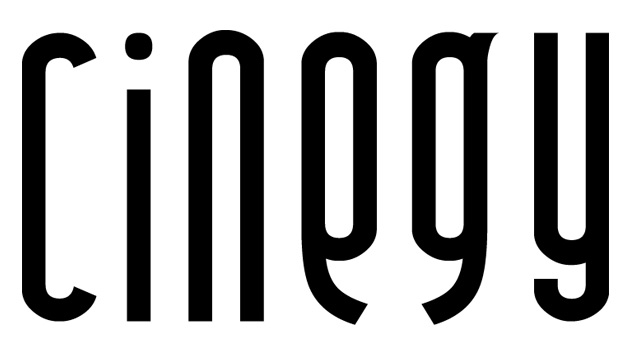New Completely GPU-Based DANIEL2 Is Said to Allow Decode of 8K Footage at 1,100fps
Cinegy has entered the next-generation codec sweepstakes with DANIEL2, a new GPU-based acquisition and production codec that's built for pure speed.
The company describes DANIEL2 as the "world's fastest" video codec. What does that mean? Using an Nvidia Quadro M6000 GPU, the company claims to be able to decode HD video at 17,000fps, or 16K video at 280fps. The codec is said to operate at selectable compression ratios between 1:3 and 1:30. Cinegy Managing Director Jan Weigner told StudioDaily the compression ratio has no impact on the decode speed.
DANIEL2 is optimized for Nvidia CUDA and has been engineered to conserve GPU memory bandwidth, allowing GPU-accelerated FX and compositing to take place while the codec is in use, Cinegy said. It's being positioned as a mezzanine codec for acquisition, editing, post-production, and playout.
The codec will be available "soon" as an SDK supporting the codec in AVI and QuickTime wrappers, Cinegy said, allowing developers to integrate it with existing NLEs and other software.
DANIEL2 Features
- Up to 4:4:4:4 colour space for RGBA, keying, graphics overlays etc.
- Up to 8, 10, 12 or 16 bit colour depth
- Extremely low decoding latency Multi-generation re-compression without artefacts
- Efficient with "almost transparent" frames
- Selectable compression ratio from 1:3 to 1:30, adaptable, variable bit rate encoding
- Optimized for Nvidia CUDA
DANIEL2 Decode Performance (using Nvidia Quadro M6000)
- HD 17000 fps
- 4K 4300 fps
- 8K 1100 fps
- 16K 280 fps
Source: Cinegy
Weigner claimed that existing codecs (including DNxHR, ProRes, and XAVC) will never be up to the task of working with 8K footage because their architecture is, to some degree, CPU-reliant. "With DANIEL2, you can encode/decode 8K right now, in real time, on hardware you already own," he said in a prepared statement.
DANIEL (an acronym for Digital Animation Encoder Library) was first introduced at IBC in 2013 as a codec specifically designed for its alpha-channel capabilities, which come in handy in live broadcast environments where animations must be superimposed on live images.
Crafts: Post/Finishing Shooting
Sections: Technology
Did you enjoy this article? Sign up to receive the StudioDaily Fix eletter containing the latest stories, including news, videos, interviews, reviews and more.










So instead of CPU reliant we have GPU reliant just a tradeoff, an expensive one at that. How does it look compared to the others @ the same ratios or greater than 5:1? Speed isn’t everything especially since efficiency of storage and bandwidth are the prime concerns for most people.